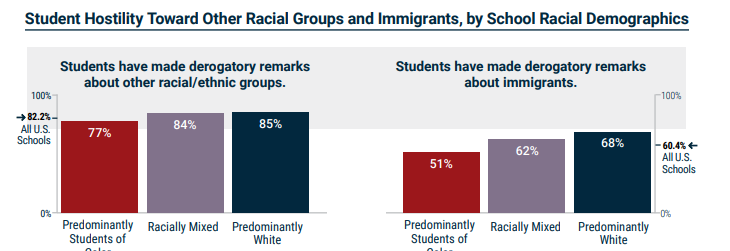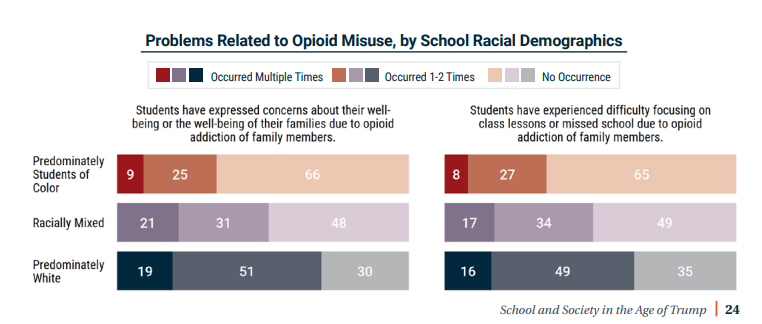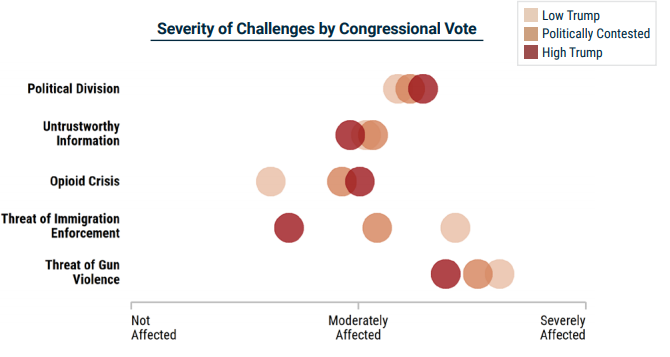- Facebook197
- Twitter1
- Total 198
In my public policy course, we are discussing school choice as an opportunity for exploring theoretical issues (What is a market versus a state? What is a public good versus a private good?); empirical questions (What happens when you implement various systems of choice? How should we measure the outcomes?), and normative principles (What counts as an acceptable outcome, or an ideal outcome?) Most policy questions involve a combination of mandates and choice, or choices structured and constrained by laws. School choice is therefore exemplary of broader issues.
Some quick notes from the readings so far:
1. Chubb, John E., and Terry M. Moe. America’s public schools: Choice is a panacea. The Brookings Review 8.3 (1990): 4-12.
This is a classic (1990) manifesto for the modern school choice movement. It presents a radical proposal, and is therefore not based on data or experience from the past. The main argument is theoretical, applying a certain strand of public choice theory. The authors argue that if you favor any particular approach to education, there is little point in advocating it to government-run schools, which work in the interests of government officials. The only reform that can succeed is to make schools accountable to parents, who will then demand the education they want–squeezing out bad practices and supporting a diverse array of schools that meet their diverse preferences. Note, however, that in their proposal, the government remains the funder of education, which is therefore as much a public good as Medicare is, or schooling in a country like the Netherlands that uses vouchers. Bernie Sanders’ college proposal is like theirs for k-12 schooling.
2. Sigal R. Ben-Porath and Michael C. Johanek, Making Up Our Mind: What School Choice is Really About
Johanek contributes a chapter on the history of how American kids have chosen, or been placed in, particular schools since colonial days. Ben-Porath presents and analyzes the main conflicting principles of justice that arise when we consider who should attend which schools, and who should decide. It’s a complex and wide-ranging book, but if I had to derive one summary statement, this would be it: We do not face a decision about whether or not to implement “school choice.” Which school you attend is inevitably a function of choice under constraints. The appropriate question is: Who should choose among which options for whom, and how?
3. Robert Pondiscio, How the Other Half Learns: Equality, Excellence, and the Battle Over School Choice (2019)
Pondiscio embeds himself in a school within the controversial charter network called Success Academy. He has written a nuanced and beautifully reported account that eludes easy categorization. But again, if I had to summarize it, I’d say something like this: Success Academy actually works extraordinarily well for the goals that its parents and teachers sincerely value–best defined not as high test scores but as winning a competition that they consider worthy. The school works because the parents and teachers share these goals, and both sacrifice to make it succeed. Although the parents are diverse individuals, a common profile is a culturally conservative working-class family of color that values discipline and is especially concerned about the variety of racism that manifests as low expectations. These families often thrive at Success Academy and have a right to the choice that it offers. But the model wouldn’t scale very far, because it depends on the specific value commitments and capacities of its parents and teachers.
4. Abdulkadiroglu, A., Angrist, J., Dynarski, S., Kane, T., & Pathak, P. (2011). Accountability and flexibility in public schools: Evidence from Boston’s charters and pilots. The Quarterly Journal of Economics 126(2), 699-748.
This is a quantitative study that claims to measure causation, whereas Pondicio’s book is a qualitative study that offers a perspective on what it’s like to be inside one school. (We need both methods.) According to this paper, being randomly selected to attend and then actually attending a Boston charter school is associated with higher test scores regardless of other factors. However, random admission to a Boston “pilot” school is not associated with higher scores. Both charters and pilots are choice schools that use lotteries to admit students. The main difference is that the pilot schools come under the standard union contract, while the charters do not. The charter schools have smaller classes and longer hours, probably because they pay their non-unionized teachers less/hour. A reader could conclude that unions are the problem–or that spending more money on unionized teachers would allow regular schools to equal charters. It is also worth considering whether the measured outcomes (test scores) are what we should value.
5. Meira Levinson, “Is Pandering Ethical? Power, Privilege, and School Assignment”
Levinson describes the relatively new Boston Public School (BPS) assignment plan. Every child is assigned a basket of schools that includes all the local ones plus an equal mix of good, medium, and bad schools (as measured by scores) from across the city. Parents rank their preferences, and competing choices are randomly settled by an algorithm.
Putting distant schools in every student’s basket improves equity, because poor neighborhoods have worse-scoring schools. If every child had an equal chance of attending any BPS school across town, that would maximize equity, but it would sacrifice convenience and neighborhood schools. It would also alienate a set of middle class parents who believe in equity and diversity, do not argue that they deserve better schools, but would leave BPS if their kids were assigned to “bad” schools. If they stay in BPS, they improve it.
What to do about these families? Levinson says it’s not a matter of compromising, because they don’t claim a right that needs to be balanced against other parents’ claims. It’s not a question of coercing them, because they can leave. She thinks “pandering” is the best description, and it may be ethically obligatory to pander given unjust social contexts.



